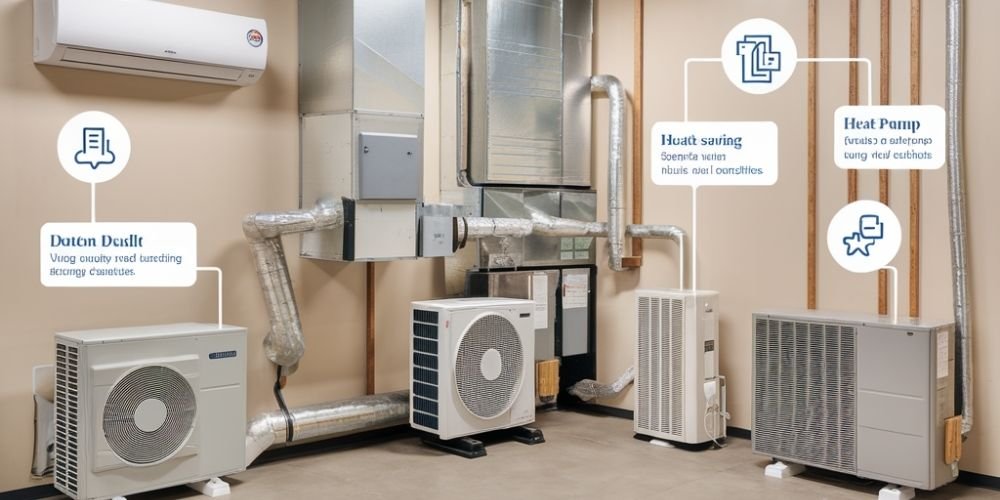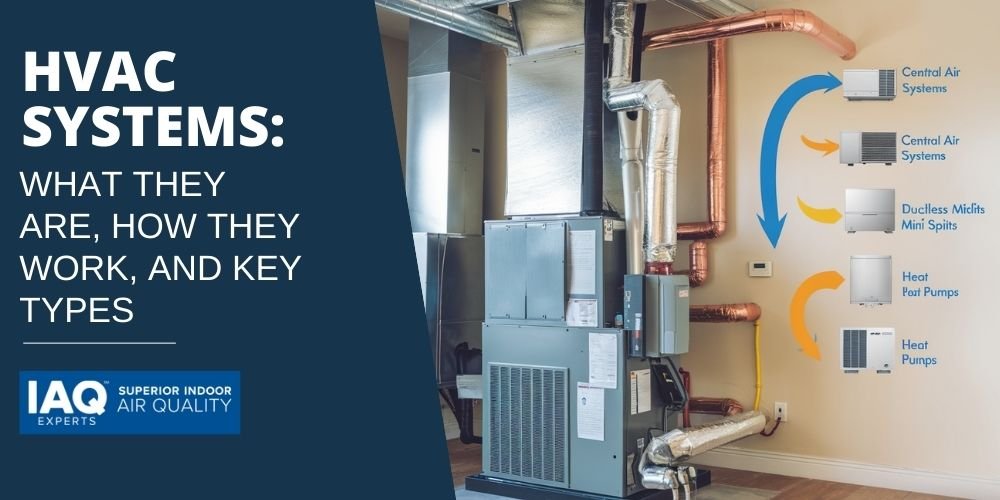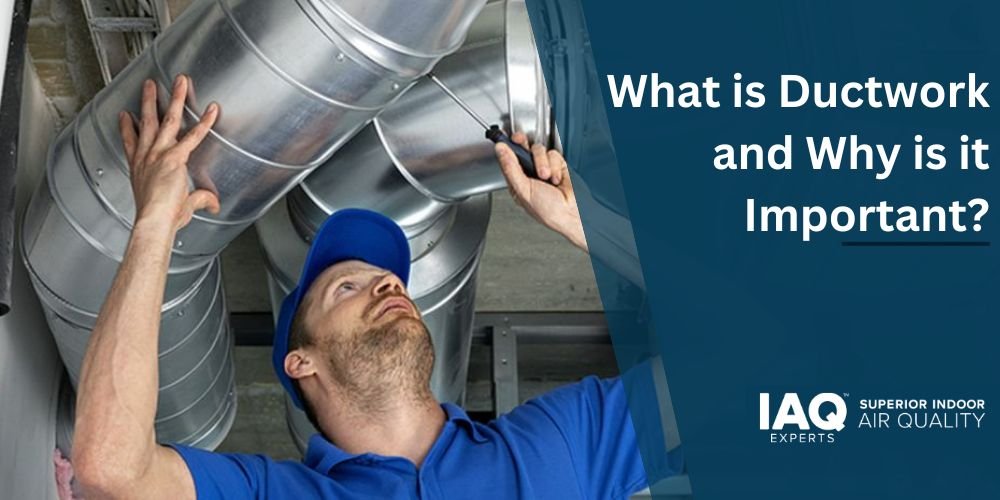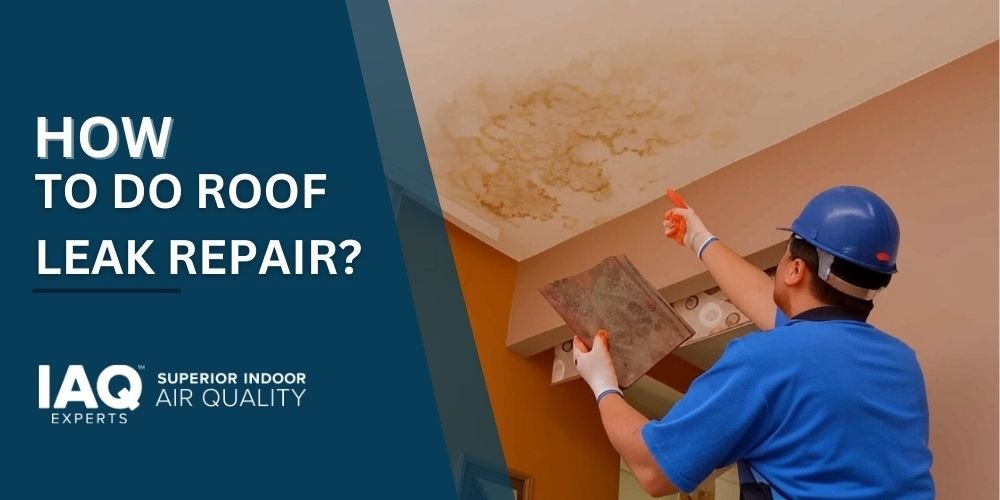Introduction
HVAC is a short form for heating, ventilation, and air conditioning systems. It plays a part in human comfort development indoors. These systems operate crucial functions that regulate indoor temperatures, humidity, and air quality important for either a home or work environment. The HVAC systems can turn any indoor space into a livable and comfortable atmosphere on a cold winter night or during the hot summer.
HVAC systems work to achieve heating, cooling, and ventilation. Mechanical bases, such as those in compressors and fans, and electric parts, like thermostats and control systems, work to create a perfect, smooth operational system.
What Does HVAC Stand For, and How Do HVAC Systems Work?
HVAC stands for Heating, Ventilation, and Air Conditioning—the systems that regulate temperature, humidity, and air quality in buildings. These systems are designed to ensure comfortable indoor conditions and an appropriate level of health.
The significant components of HVAC systems include one heating element, which may consist of at least a furnace or a heat pump. Cooling components like a central air conditioner also accompany this system. Ventilation is vital because it keeps the air supply continuous and removes stagnant air. Another critical component of this HVAC system is air filtration, through which impurities are removed.
Moreover, on the mechanical side, several components work with the fans and compressors; on the electrical side, countless elements work with thermostats and panels to make the system electrical and offer the desired conditions indoors.
Is HVAC Mechanical or Electrical?
HVAC systems are designed with mechanical and electrical components that work harmoniously to control indoor climates. The system needs mechanical parts, including compressors, fans, and ducts. Compressors are useful for circulating refrigerant to cool, whereas fans initiate air movement inside the system.
Wiring, thermostats, and control systems play equally essential roles on the electrical side. The thermostats sustain the temperature through signals to the mechanical components, while the control systems ensure that everything operates well and effectively.
Electrical wiring interlinks various system parts with a power source as the equipment functions. These mechanical and electrical parts make up an effective HVAC system. The system adjusts the temperature, providing comfort for residential and commercial premises.
What are the Different Types of HVAC Units?

- Split Systems: They are the most common HVAC type. They have separate indoor and outdoor units. The outdoor units contain the condenser and compressor. The indoor HVAC units have an evaporator coil and an air handler. These systems are known for their efficiency and flexibility. They are widely used in residential and commercial spaces. For effective temperature control, they are employed.
- Ductless Mini-Splits: These are ideal for heating and cooling individual rooms. They offer a flexible, energy-efficient option without the need for ductwork. These systems consist of an outdoor compressor and indoor air handling units. Each room has its thermostat for personalized comfort.
- Packaged Systems: The new HVAC systems combine the heating and cooling components in one unit, usually outside the building. Space-saving solutions are typically applied in small commercial buildings or homes with limited indoor space.
- Geothermal Systems: Geothermal systems use the earth and its consistent underground temperatures as sources for efficient heating and cooling. The systems transfer heat to or from the earth, serving in an eco-friendly, cost-effective way after some time.
What is the Most Common HVAC Type?
The most common HVAC installations are split systems, mainly because they are efficient and economical. They consist of two pieces of equipment: an outdoor unit containing the condenser and compressor and an indoor unit containing the evaporator coil and air handler.
Their primary advantage is that they are flexible. They can be installed in many buildings or constructions according to their purpose, independently controlling each zone or room. Secondly, they are more energy-efficient than other HVAC systems and reduce utility bills over time.
Conclusion
HVAC systems provide a comfortable and healthy indoor environment through temperature, humidity/turbidity, and air quality. They are comprised of mechanical and electrical parts, which perform efficiently to direct performance together. Of the many common types of HVAC, they may further be assembled into four general types: split system, ductless mini-splits, packaged system, and geothermal units-all, offering different benefits depending on the particular spaces and needs.
Understanding how these systems work is essential for homeowners or business owners to make informed decisions about their heating and cooling solutions, resulting in an energy-efficient space.
Routine HVAC maintenance is essential, especially regarding performance and shelf life. If you want a professional inspection or preventive measures that will keep your system running strong and efficiently, giving comfort and peace of mind in your home or workspace year in and year out, call IAQ Cleaning today.




